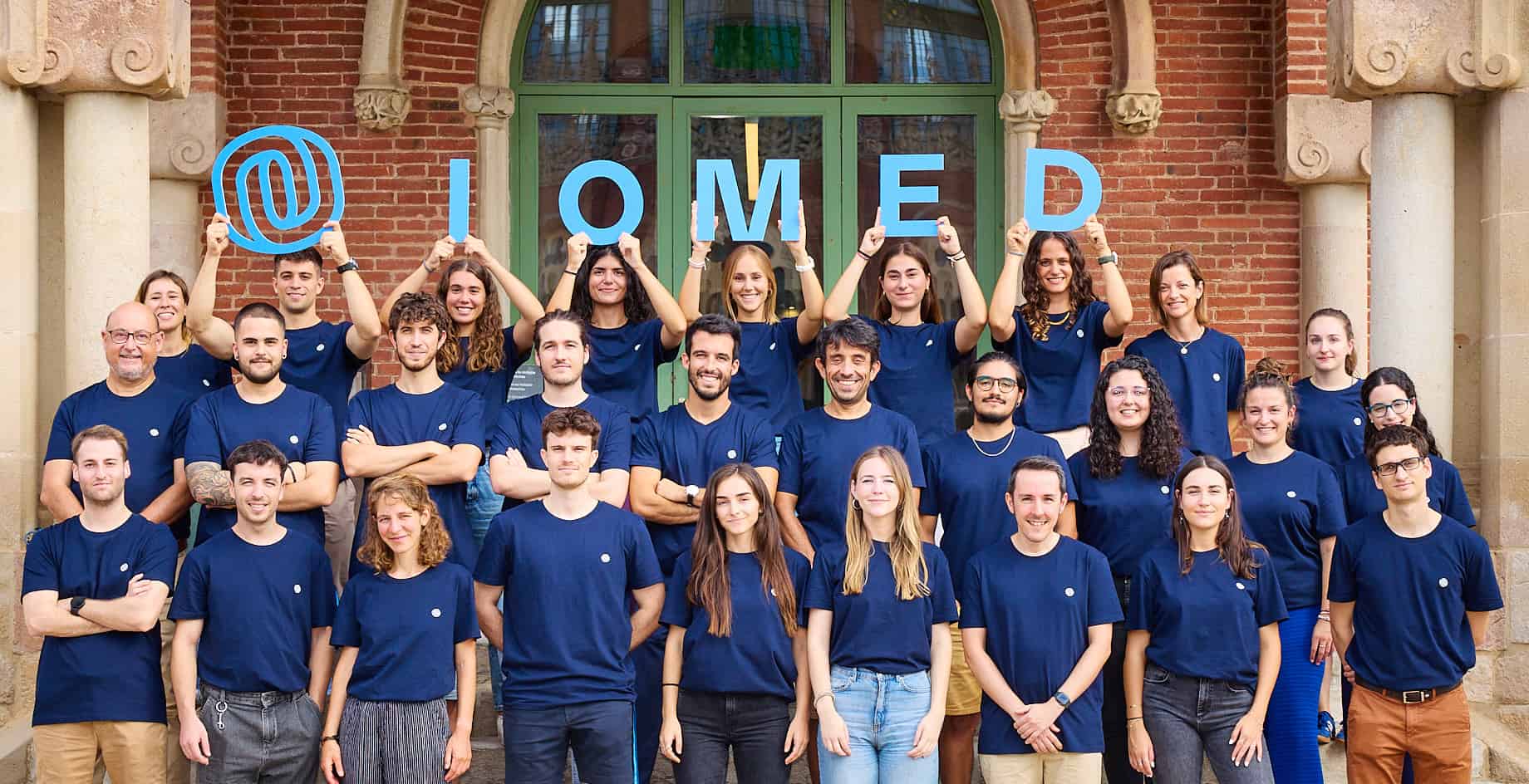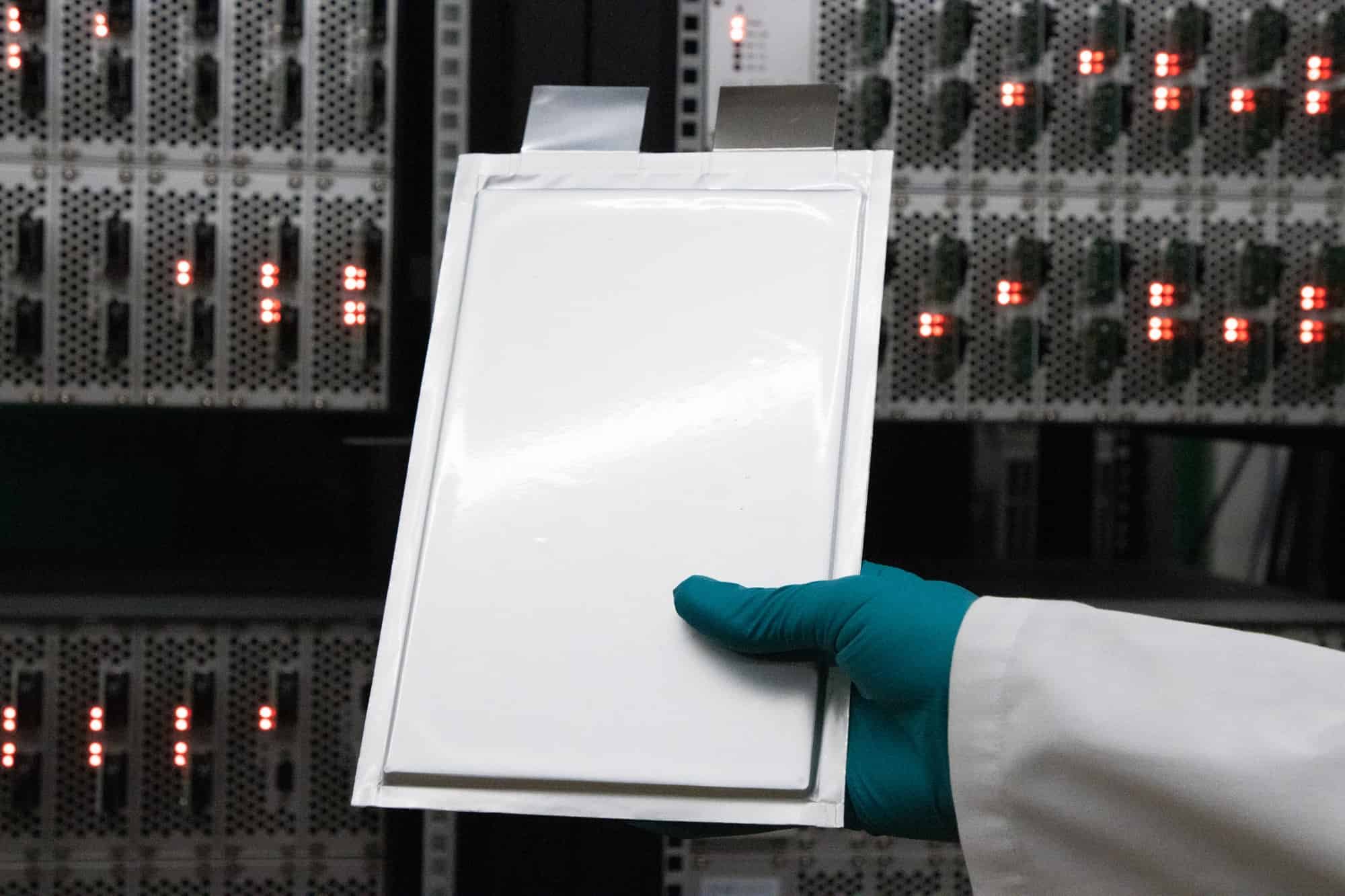
Nimble Diagnostics has closed a funding round for one million euros which they intend to use for development of their new medical device. It monitors patients with implanted stents non-invasively using microwaves; aiming for commercialization in 2025, says the University of Barcelona (UB) in a press release.
The capital will allow Nimble, a spin-off from the university, to finish preclinical testing, consolidate the team, conduct regulatory studies and carry out the first clinical trial at Germans Trias Hospital this year. CEO Oriol Iborra hopes to close preclinical tests in pigs this year so as to be able start commercializing technology in 2025.
A brief overview of stents
Stents are one of the most widely implanted medical devices in the world for their ability to restore the proper flow of blood or other fluids. These stents are commonly used to treat cardiovascular disease and help prevent myocardial infarction or treat the patient’s lingering symptoms. Unfortunately, however, once implanted they can become obstructed or damaged, although symptoms only appear when the stent has already lost 90 percent of its functional capacity, and it is too late for healthcare personnel to prevent a worsening of the patient’s condition.
The technology developed by Nimble Diagnostics
The system developed by Nimble will make it possible to identify possible obstructions in stents quickly and noninvasively. This technology is based on microwaves to monitor stents implanted in patients with cardiovascular, vascular, renal or pulmonary diseases. The new device avoids the invasive procedure called angiography, which consists of introducing a catheter into the artery to directly inspect the stent. This will allow the implementation of early treatments to prevent serious complications, as well as to identify and optimize the pharmacological treatment of patients, correlate symptoms with stent function and approach patient management globally.








